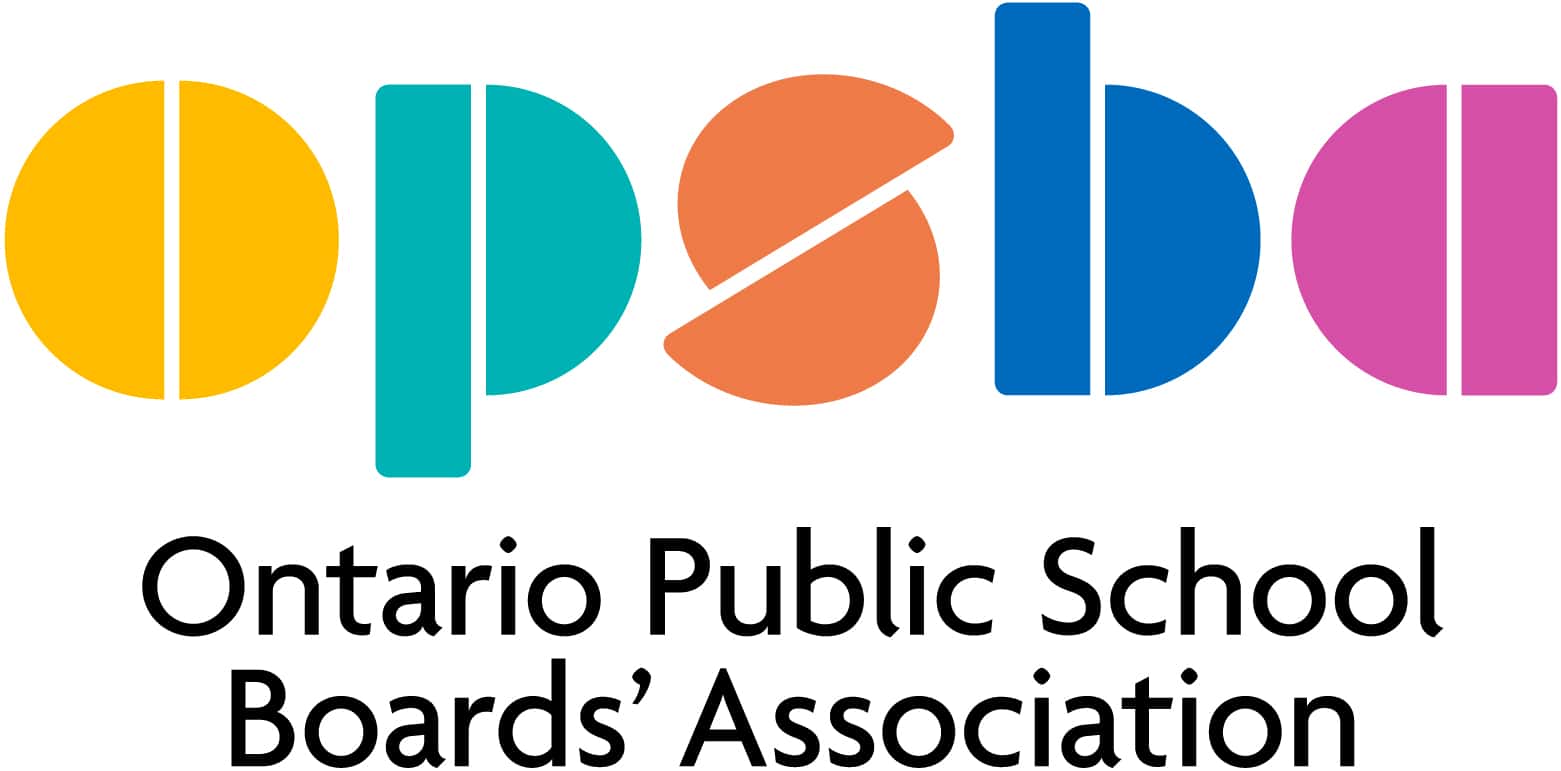Shaping School Culture: Pitfalls, Paradoxes, & Promises
Review by Melanie Tait
Research has confirmed repeatedly that school culture is a major factor in the educational environment and in the success of students. This book focuses on the changes and improvements that can be made from inside a school rather than on its external policies and mandates. As experts in the study of leadership and how organizations function, Terrence E. Deal and Kent D. Peterson look at the ways all school stakeholders, including students, parents, teachers, administrators and the community, can work together to create what they call “positive, caring, and intellectually challenging schools.”
The authors link their ideas about school culture to business models of leadership, performance and improvement. At the same time, they are clear about what parts of the business approach do not work in the school setting. School leaders are accorded great importance as shapers of school cultures that make schools cohesive, meaningful and nurturing, and places where teachers can teach and children can learn.
The power and value of artifacts, architecture and routines as symbols of culture is explored in the section of this book that looks at schools as “tribes.” As Deal and Peterson explain, educators, students and community members connect strongly, and sometimes unconsciously, to the symbols of a school: the signs that represent the emotions and sentiments linking all members to the deeper purposes of their organization. A school’s history, mission, values, myths, stories, ceremonies and traditions are all part of its culture.
At times, the school culture may become negative and even toxic for its members. Angry parents, disengaged students, teachers who are going through the motions, cliques, conflicts between staff members, lack of common purpose, little or no collaboration, punitive approaches to student behaviour and a focus on rules and keeping order rather than teaching and learning might be signs of a toxic environment. Several of what the authors call “routes to negativity” are explored in the book, but some that currently sound familiar to those in Ontario schools include dropping cultural customs, such as evening family events; closing opportunities to build trusting relationships, such as after-school activities that allow students and teachers to get to know each other in a different way; and ending valued rituals and ceremonies like the annual concert or school play. All of these signs of damage to a school culture can be related to the decision to withdraw extracurricular activities in schools.
As the authors say, there are no easy cures for negativism but there are ways to tackle toxic situations. Strong and skilled school leadership is vital, and sometimes extreme measures are necessary. They list seven specific tools to use in transforming a negative culture into a positive one.
- Confront the negativity head on; give people a chance to vent their venom in a public forum.
- Shield and support positive cultural elements and staff.
- Focus on recruitment, selection and retention of effective, positive staff.
- Rabidly celebrate the positive and the possible.
- Consciously and directly focus on eradicating the negative and rebuilding positive customs and beliefs.
- Develop new stories of success, renewal and accomplishment.
- Help staff find other places to work.
A key chapter in the book highlights the importance of building trust with parents and the community. The point is made that parents want to help their children with school, which sometimes means that they want to participate in the life of the school and feel comfortable at school activities. In schools where trust has been damaged, a culture of respect needs to be rebuilt between students and staff and with parents and the community. Rebuilding trust requires time and the establishment of new and positive traditions.
The final chapters return to the importance of shared school leadership. Using a series of metaphors to describe leadership roles, the authors describe how any member of a school staff or community can assume these roles to revitalize a school culture. As historians, anthropological sleuths, visionaries, icons, potters, poets, actors and healers, school leaders promote change and motivate people to create positive school environments. The book ends with discussions about living with the ambiguity of leadership and the importance of finding balance. The paradoxes of purpose, people, change, action and leadership are framed as opportunities as well as challenges.
Shaping School Culture is recommended for school leaders at all levels and, indeed, anyone working in a school or school system where trust has been damaged or the learning and teaching environment has been made toxic. With both philosophical and practical advice, the authors pose thought-provoking questions about the meaning and importance of school culture.
Shaping School Culture: Pitfalls, Paradoxes, & Promises (Second Edition)
Terrence E. Deal and Kent D. Peterson
Jossey-Bass, San Francisco, 2009
278 pages, $31 (paper)

